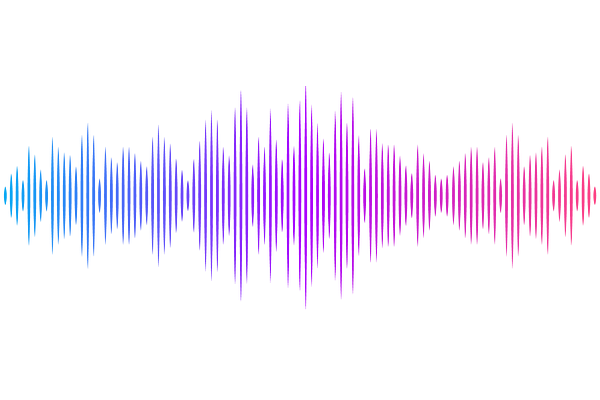Prospects for the Detection of High-Redshift Gamma-Ray Bursts in the Era of EP and SVOM

Prospects for the Detection of High-Redshift Gamma-Ray Bursts in the Era of EP and SVOM
Jun-Jie Wei, Xue-Feng Wu
AbstractGamma-ray bursts (GRBs) are a promising probe of the high-redshift Universe, but their detection remains observationally challenging. In this work, we explore the detectability of high-$z$ GRBs by the Wide-field X-ray Telescope (WXT) aboard the Einstein Probe (\emph{EP}) and the coded-mask gamma-ray imager (ECLAIRs) aboard the Space-based multi-band astronomical Variable Objects Monitor (\emph{SVOM}). Using a population synthesis model calibrated to $Swift$ GRB observations, we develop a tool to estimate high-$z$ GRB detection rates for instruments with specific energy bands and sensitivities. Our results indicate that \emph{EP}/WXT could detect $\sim5.1^{+3.4}_{-2.4}$ (with 68\% confidence level) GRBs annually at $z>6$, compared to $\sim0.7^{+1.0}_{-0.4}$ $\mathrm{events\,yr^{-1}}$ at $z>6$ for \emph{SVOM}/ECLAIRs. While \emph{EP} cannot independently determine redshifts (requiring optical/near-infrared follow-up), its assumed $\sim30\%$ follow-up efficiency yields $\sim1.5^{+1.0}_{-0.7}$ confirmed $z>6$ GRBs annually. \emph{SVOM}, equipped with dedicated follow-up telescopes, will ensure robust high-$z$ GRB confirmations. We anticipate that \emph{EP} and \emph{SVOM} will open new avenues for utilizing enlarged samples of high-$z$ GRBs to explore the early Universe. Moreover, \emph{EP} will assemble a substantial sample of soft, low-luminosity GRBs at low-to-intermediate redshifts, providing critical insights into the structure of GRB jets.